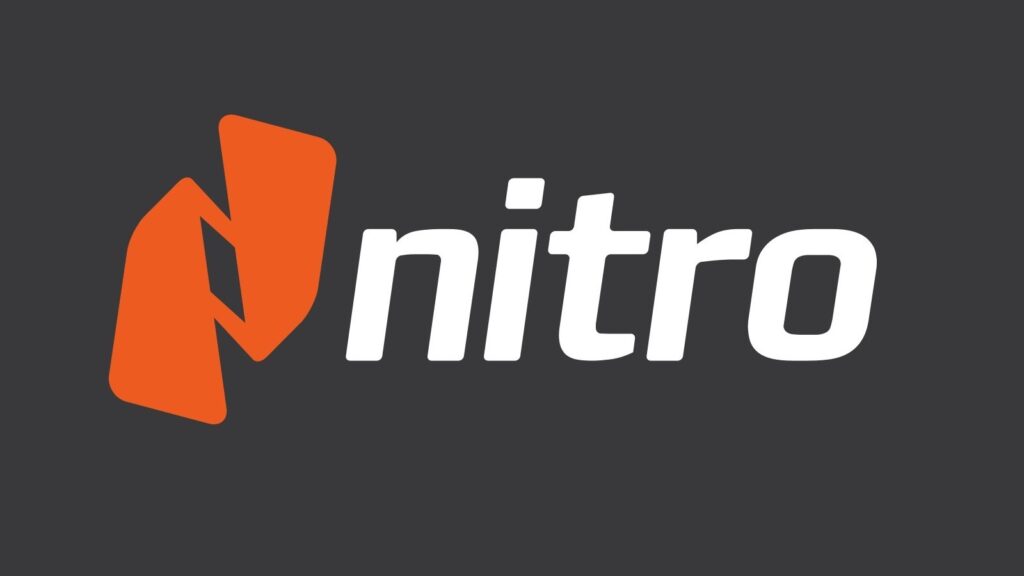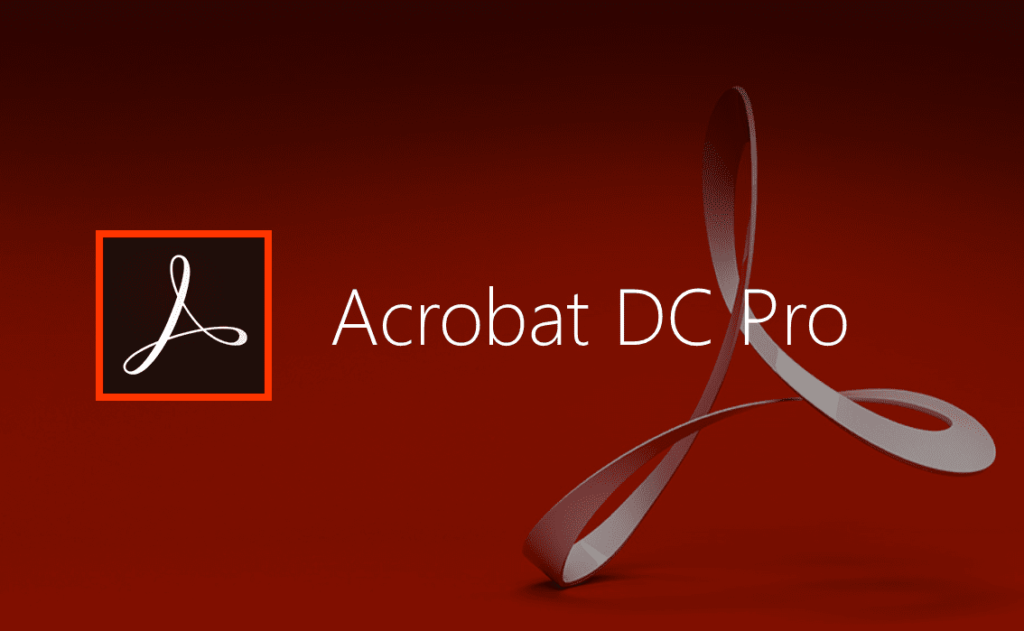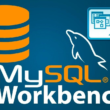Bluebeam, a renowned software in the architecture, engineering, and construction (AEC) industry, boasts a suite of impressive features. This software stands out due to its comprehensive set of tools for PDF editing, markup, and collaboration. Architects, engineers, and construction professionals rely on Bluebeam for its intuitive interface, efficient workflows, and robust functionalities that streamline project management.
Overview Of Bluebeam Alternatives

Features Of Bluebeam
- Comprehensive PDF Editing: Bluebeam offers a robust suite of tools enabling users to edit text, images, and pages within PDF documents seamlessly.
- Diverse Markup Tools: The software provides an extensive range of markup tools, allowing users to annotate, highlight, and comment on PDF files with precision and clarity.
- Efficient Collaboration Capabilities: Bluebeam excels in fostering collaboration among team members through real-time document sharing, markups, and revisions, enhancing project communication and productivity.
- Integration and Compatibility: Bluebeam integrates smoothly with other software and platforms commonly used in the AEC industry, ensuring seamless workflows and accessibility.
Limitations Of Bluebeam
- Cost Consideration: The licensing costs of Bluebeam might pose a challenge for small teams or individual users, potentially limiting accessibility to certain user groups.
- Steep Learning Curve: The software, due to its multitude of features, might present an initial learning curve for new users, requiring time and effort for mastery.
- Interface Complexity: Some users might find the interface overwhelming initially, as the abundance of features and functionalities may not be immediately intuitive for all users.
- Limited Customization: While robust, Bluebeam might lack certain customization options desired by specific users or teams, restricting tailored workflows for some projects.
What Sets Bluebeam Apart?
What distinguishes Bluebeam from its competitors is its focus on the specific needs of the AEC industry. It’s tailored to streamline workflows and facilitate collaboration in construction projects, making it a preferred choice among professionals in this field.
The Need For Bluebeam Alternatives

The prominence of Bluebeam in the AEC industry is undeniable, yet several reasons prompt the exploration of Bluebeam alternative solutions that better suit varying project needs, budgets, and user preferences. Understanding the necessity for alternatives can aid in selecting the most fitting software for specific requirements.
1. Diverse Project Requirements
Different projects within the AEC industry often demand tailored solutions. While Bluebeam offers a comprehensive suite of tools, certain projects might necessitate specialized functionalities not adequately provided by Bluebeam.
2. Budget Constraints And Scalability
The licensing costs associated with Bluebeam might be prohibitive for smaller teams or individual users. Exploring Bluebeam alternatives that offer similar functionalities at a more accessible price point can be crucial for budget-conscious entities.
3. Interface Adaptability And User Preference
Bluebeam’s interface, although feature-rich, might not resonate with every user or team. Some users might prefer a more intuitive or streamlined interface that aligns better with their workflows and preferences.
4. Customization And Flexibility
For projects requiring a high level of customization or specific workflows, Bluebeam alternatives offering greater flexibility and customization options beyond what Bluebeam provides may be sought after.
Commonly Used Bluebeam Alternatives For AEC Tasks

1. Adobe Acrobat Pro DC
Adobe Acrobat Pro DC stands as a robust Bluebeam alternative, offering an extensive array of features catered toward PDF editing, document management, and collaboration within the AEC industry. Its intuitive interface and seamless integration with other Adobe products make it a preferred choice for many professionals. This software provides comprehensive tools for creating, editing, and annotating PDFs, along with functionalities for form creation and document security. The collaboration features, including shared reviews and commenting, make it a compelling option for teams requiring seamless project communication.
2. AutoCAD
AutoCAD, renowned for its prowess in design and drafting, also serves as a Bluebeam alternative for certain PDF editing tasks within the AEC realm. Its powerful design capabilities make it an option for projects requiring a combination of design and PDF manipulation. While not solely focused on PDF editing, AutoCAD’s functionalities allow for precise document manipulation and markups, particularly for projects involving intricate design and engineering aspects. Its extensive toolset and compatibility with various file formats offer a holistic solution for AEC professionals.
3. Foxit PhantomPDF
Foxit PhantomPDF emerges as a cost-effective yet efficient Bluebeam alternative, providing a spectrum of functionalities similar to Bluebeam. Its user-friendly interface and cross-platform compatibility make it a favored choice among users seeking affordable solutions without compromising on features. This software offers advanced PDF editing tools, including OCR, document protection, and collaborative capabilities. Its focus on user accessibility and efficient workflows makes it suitable for teams looking for robust functionalities at a competitive price point.
4. Nitro Pro
Nitro Pro offers a comprehensive suite of tools for creating, editing, and sharing PDF files, presenting a balance between affordability and functionality. Its features cater to diverse user needs, making it a viable alternative to Bluebeam. Nitro Pro provides extensive markup and annotation tools, document conversion capabilities, and secure sharing options, empowering teams to collaborate effectively. Its user-friendly interface and compatibility across different platforms enhance its appeal for AEC professionals seeking a versatile PDF solution.
5. PDF Studio
PDF Studio, recognized for its affordability and range of editing features, emerges as a suitable Bluebeam alternative, especially for smaller teams or individual users requiring essential PDF editing capabilities. Its ease of use and cost-effective pricing make it an attractive choice. PDF Studio offers a range of editing tools, including form-filling, OCR, and redaction functionalities. Its straightforward interface and emphasis on essential PDF editing tasks make it a practical option for teams seeking a simplified yet functional solution.
6. Drawboard PDF
Designed specifically for Windows users, Drawboard PDF focuses on intuitive PDF markup and annotation, catering to the needs of architects, engineers, and construction professionals. It is a user-friendly interface, and specialized tools make it a practical Bluebeam alternative for certain project requirements. Drawboard PDF offers a wide range of annotation tools optimized for touch-based devices, allowing for precise markups and collaboration. Its integration with cloud services and project management platforms enhances its utility in AEC workflows.
7. Qoppa PDF Studio
Qoppa PDF Studio offers a user-friendly interface and a suite of tools for PDF editing, markup, and form-filling across multiple platforms. Its versatility and features position it as a competitive alternative to Bluebeam, catering to various user preferences. This software provides comprehensive editing tools, digital signature capabilities, and conversion functionalities, ensuring seamless collaboration and document management. Qoppa PDF Studio’s cross-platform compatibility and focus on efficient workflows make it suitable for diverse AEC projects.
8. PandaDoc
PandaDoc, known for its versatile document management capabilities, stands as a Bluebeam alternative solution for AEC tasks. While primarily focused on creating, sending, and tracking documents, PandaDoc integrates with various platforms and offers collaboration features suitable for certain project requirements within the AEC industry. Its customizable document templates and e-signature functionalities add value to teams seeking streamlined document workflows and client interactions.
9. DocuSign
Primarily focused on electronic signatures and document workflows, DocuSign includes some PDF editing and collaboration features, making it an option for specific project needs within the AEC industry. Its emphasis on document management and signatures suits certain tasks where PDF manipulation is required alongside authentication and workflow management. DocuSign’s integration capabilities and emphasis on secure document handling make it a practical choice for teams needing advanced authentication and document tracking functionalities.
Factors To Consider While Choosing The Perfect “Bluebeam Alternative”

1. Cost-Efficiency And Budget Alignment
When exploring Bluebeam alternatives, assessing the cost structure and its alignment with your budgetary constraints is paramount. Consider whether the software offers flexible pricing models, such as one-time purchases or subscription-based plans, and how these fit within your financial framework. Evaluating the long-term cost implications against the offered features and benefits aids in making a judicious choice. Look for potential hidden costs, such as additional modules or user fees, that might impact the overall expense over time.
2. Feature Suitability And Project Requirements
An integral aspect involves matching the features provided by the alternative software with the specific requirements of your projects. Understanding the unique needs of your team and projects, such as advanced markup tools, collaborative features, or specialized functionalities, helps in selecting the most suitable Bluebeam alternative that aligns seamlessly with your workflows and goals. Evaluate whether the alternative offers essential features that cover your immediate needs and potential scalability to accommodate future project requirements.
3. Platform Compatibility And Integration
Assessing the compatibility of the alternative software with your existing platforms, operating systems, and tools is pivotal. Seamless integration across devices and software used within your team ensures a smooth transition and uninterrupted workflows. Confirming compatibility avoids potential issues of data transfer, accessibility, and collaborative efforts. Look for APIs or third-party integrations that allow the software to work cohesively with other tools essential to your project management and AEC workflows.
4. User Interface And Learning Curve Evaluation
Delving into the user interface design and the learning curve associated with the Bluebeam alternative software aids in predicting ease of adoption and proficiency among your team members. Assess whether the interface is intuitive and user-friendly and whether adequate resources, training, and support are provided to facilitate a smooth onboarding process. Consider the level of customization the software offers in terms of interface settings or workflow configurations to ensure it aligns with your team’s preferences and working style.
5. Support Services And Software Updates
Examining the quality of support services offered by the software company, including customer assistance, training resources, and the frequency of software updates, is crucial. Ensuring access to reliable customer support and regular updates guarantees continuous improvement, security patches, and assistance when encountering issues or seeking enhancements in functionalities. Look for vendors that provide responsive customer service and offer timely updates to address potential bugs or security vulnerabilities.
Conclusion
In the dynamic landscape of AEC software, selecting the ideal alternative to Bluebeam involves a meticulous evaluation of diverse factors. Understanding the unique project requirements, balancing cost-efficiency with feature suitability, and ensuring seamless integration are pivotal. A thorough assessment of compatibility, user-friendliness, and support services aids in making an informed decision. Ultimately, the perfect Bluebeam alternative aligns not only with immediate needs but also adapts to the evolving demands of your team, fostering enhanced collaboration, streamlined workflows, and efficient project management within the architecture, engineering, and construction spheres.









